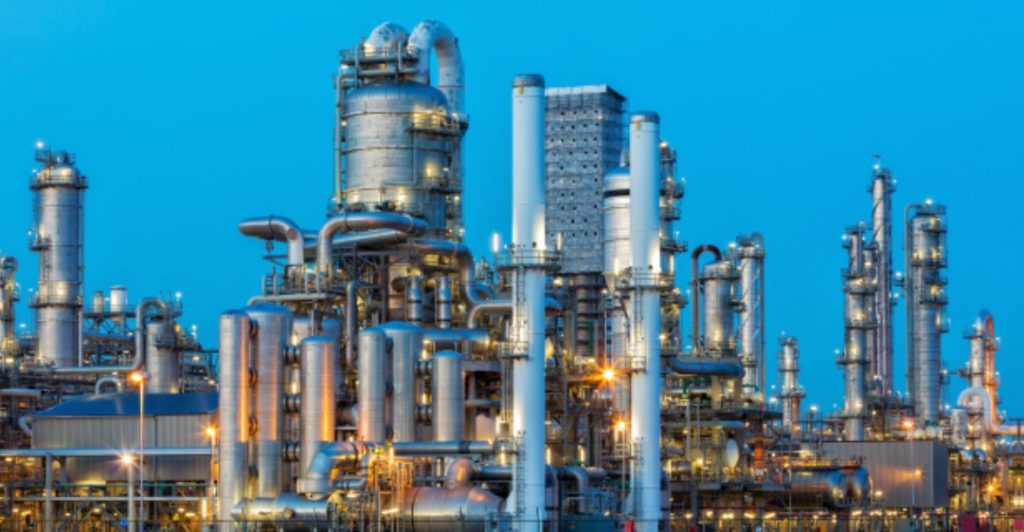
How to Evaluate Total Cost of Ownership in Filtration Decisions
Filtration may be a small part of your system, but its impact reaches much further than a price tag. A filter that looks like a bargain upfront can become a hidden cost center if it leads to frequent changeouts, unplanned shutdowns, or downstream equipment fouling.
That’s why evaluating Total Cost of Ownership (TCO) is critical, especially for operators managing tight budgets and high reliability expectations. TCO gives a clearer picture of long-term value by looking beyond part cost to include performance, longevity, and process impact.
What Goes into Filtration TCO
A complete TCO evaluation should include:
- Purchase Cost: The element, housing, and installation components
- Service Life: How long the filter lasts before it plugs or bypasses
- Operational Burden: Pressure drop, energy use, and strain on pumps or compressors
- Maintenance Labor: Frequency and difficulty of changeouts, spare parts availability
- Disposal Costs: Waste volume, hazardous classification, and handling requirements
- Downtime Risk: Production losses or equipment damage tied to filtration failure
- Process Efficiency: Protection of downstream equipment and product quality
Even small improvements in service life, pressure drop, or media performance can deliver substantial cost savings when viewed through a TCO lens.
Looking Beyond the Price Tag
A lower-cost element that requires more frequent changeouts may increase overall operating costs. In contrast, a longer-lasting filter, even with a higher unit price, can reduce labor, waste, and unplanned maintenance.
For example:
- Extending filter life from 3 weeks to 6 can cut labor and disposal costs in half
- Reducing differential pressure can decrease energy consumption and wear on pumps or blowers
- Upgrading media can reduce downstream fouling, increasing uptime and protecting equipment
What to Watch For
- Frequent Changeouts: Are you changing elements weekly or monthly when a better-matched media could double your run time?
- High Waste Volumes: Are you disposing of bulky or spent filters that load inefficiently?
- Inventory Complexity: Are multiple units using similar filters that could be consolidated?
- System Upsets: Are filters allowing contamination through or failing prematurely under slug load or variable flow?
These indicators often point to filtration that’s chosen based on initial cost, not lifecycle value.
How Jonell Helps Optimize TCO
At Jonell Systems, filtration isn’t one-size-fits-all. It’s engineered to support the full lifecycle of your process. Our support for TCO starts with fit, form, and function retrofits that match your existing housings while delivering performance upgrades.
- Extended Service Life: Our multi-layered media, like TRI-SHiELD™, is designed to handle higher contaminant loads and deformable particles more effectively, reducing changeout frequency and labor costs.
- Lower Disposal Impact: Elements with higher dirt-holding capacity generate less waste over time and reduce disposal requirements.
- Operational Efficiency: By maintaining flow and minimizing pressure drop over longer cycles, our filters support energy savings and reduce system strain.
Through application-specific recommendations, performance testing, and media selection support, Jonell helps you make filtration decisions that deliver value well beyond the initial purchase.
The Bottom Line
If you’re evaluating filters based on price alone, you may be overlooking the bigger picture. Total Cost of Ownership reframes filtration as a long-term investment in system reliability, efficiency, and operational continuity.
When chosen strategically, filtration can reduce waste, protect assets, and minimize unplanned downtime, and that’s a cost equation worth solving.
Looking to reduce your filtration costs over time? Talk to Jonell about how the right media and design can improve system performance and lower your total cost of ownership.
